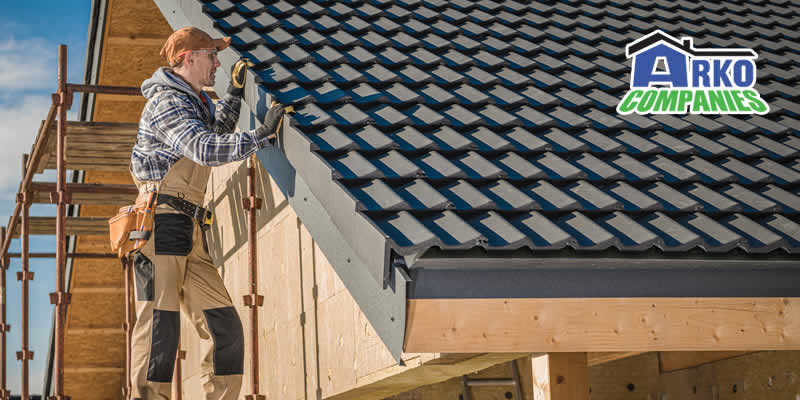The roof is considered to be the most essential part of a house. Despite being a prominent part of a home, the roof remains one of the most overlooked, and, consequently, one of the least maintained parts of a home. People never even think about getting their roofs inspected unless there is some serious problem. If you wait for so long, though, then you must understand that the damage has already been done, which can lead to expensive repairs or early roof replacement. To avoid such problems, it is smart to have your roof inspected as well as maintained annually.
What Does A Professional Roofing Inspection Include?
Any good roofing company should offer you the following:
- The inspection should be free, with no obligation to buy.
- You shouldn’t need to be home at the time.
- Roof technicians should be able to come out within 48 hours of your request.
- The process should include a free estimate with a detailed report of findings and the steps you can take to restore your roof to top condition.
- Any work they perform as a result of the inspection should come with a warranty.
When should you schedule a professional roof inspection? Here are 4 times:
#1 The Onset of Winter:
If you are considering scheduling a roof inspection, have it done in Fall. Why? Well, this will ensure that your home is well-insulated during the coming cold winter season. Also, if your roof has recently been installed, re-installed, or had some major repairs done, you should have it inspected to ensure the seals are well set. Cold weather can cause the seals not to adhere correctly, leaving behind gaps.
#2 When You Notice a Leak:
If you notice a leak somewhere in your home, there’s probably a serious problem with your roofing system. It is smart to watch out for leaks on both the interior and exterior walls of your home. Whenever you see water seeping through the walls or observe water stains on the ceiling, consider these leaks as a warning sign and get your roof inspected. Spend a little money on repairs now so you won’t have to spend a lot on a new roof later.
#3 If Your Area Had A Serious Storm:
Significant storms in your area can cause unseen damage to your roof. When you think about it, the majority of roofs are not visible from the ground. This means that even if you don’t see the damage when walking around your home, it could still be there. A serious storm generally means heavy rainfall, high-speed winds, ice, and snow accumulation. Don’t be hesitant to call professional roofing inspectors. They can do a thorough roof inspection and let you know the problems (major/minor) with your roof. Even if you don’t see signs of an issue, please schedule a free roof inspection to see if there is an internal problem or not. Regular roof inspection can help you maintain the long term functionality of your home.
#4 Around the Tenth Year Of Your Roof’s Life:
It is a good idea to start scheduling yearly inspections and maintenance about ten years after your roof is installed. Professional care by a licensed and insured roofing company is important because you might not be able to recognize all the signs of damage. However, a trained roofing technician will notice even small issues that could lead to serious complications if left alone.
Now you might be thinking that you purchased something like “a 25-year guarantee” and it is not even halfway through the service life of the roof. But you must remember that this guarantee or promise is only applicable when the weather is always perfect. Actually, even the best standards of roofing materials will have only a 12 to 15-year lifespan when factoring in over a decade of environmental damage. If your roof is nearing 10 to 12 years, consider setting up an inspection soon.
Summary:
The best time to get a roof inspection depends on a variety of factors, including seasonal weather and your roof’s condition. Most of the roofing experts recommend that homeowners schedule roof inspections every spring or Fall and/or after major weather events. Inspecting your roof regularly will help you determine the condition of the roof and take necessary actions before any serious damage occurs.

